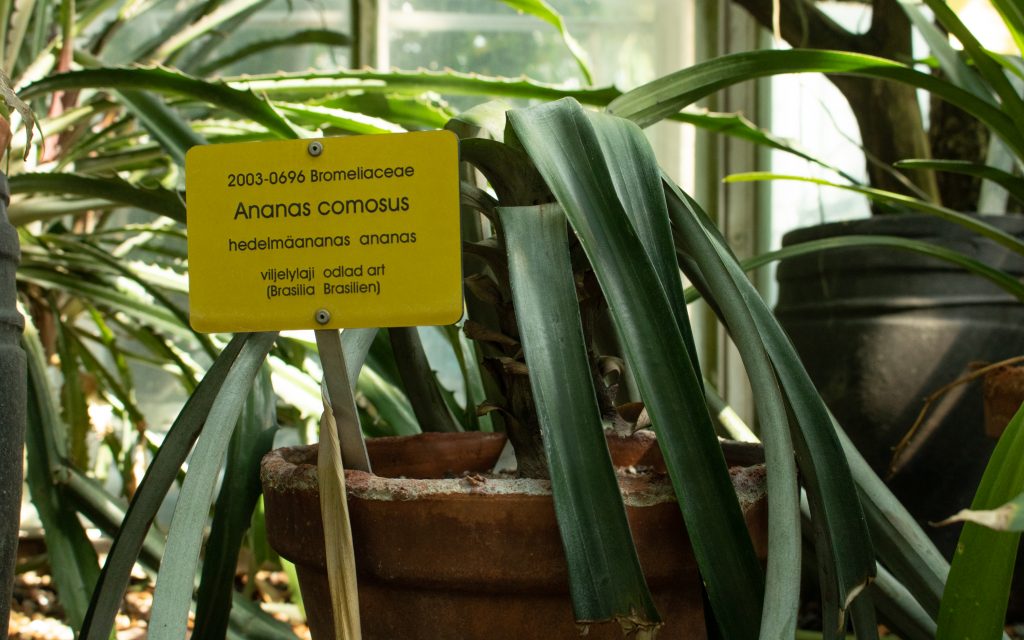A juicy story about the origin of the glasshouses
This plant is the reason you are now standing in this gorgeous glasshouse. But what has a pineapple to do with glasshouse construction?
The Spanish ‘discovered’ the pineapple on the Caribbean islands in the 15th century. It became an expensive delicacy for the kings and elites of Europe. The pineapple was used as a status symbol – they were even rented out so people could be seen in public holding a pineapple!
However, cultivating pineapples outside the tropics seemed impossible until the invention of the first “pineapple stoves”, or glasshouses. The pineapple stove was a structure with a glass roof under which horse manure was shovelled so that the heat from the composting process kept the structure warm.
The demand for exotic fruits and the development of glasshouses went hand in hand. The Crystal Palace, built for the 1851 Great Exhibition in London, brought about a veritable obsession with glasshouses. Botany developed apace, and glasshouses began to be used to house scientific collections.
The juiciness of the pineapple is caused by its structure – the pineapple is actually a berry in which individual flowers have converged, resulting in a compound fruit.
